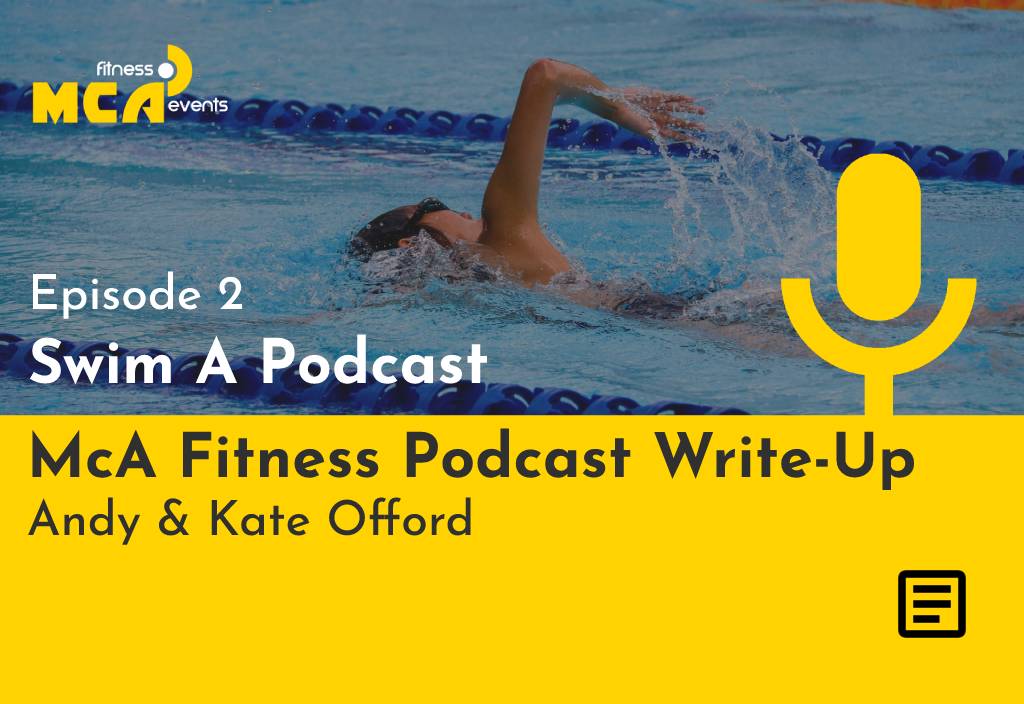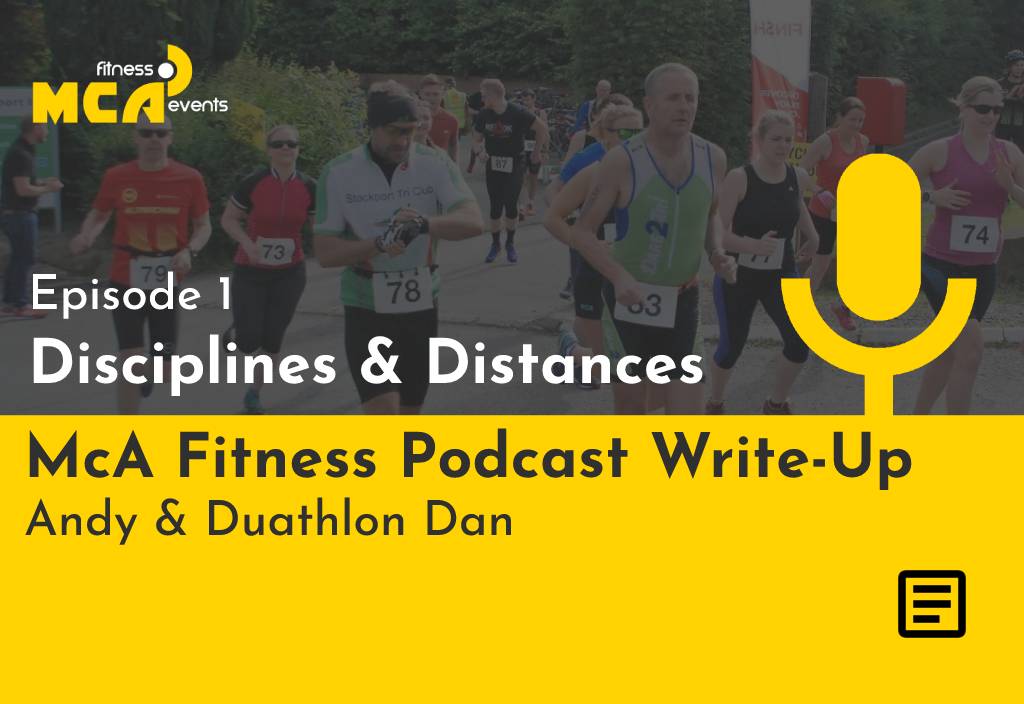Hi everyone here is our second Podcast which is part of a trio of podcasts helping you to understand the swim element of Triathlon.
As usual feel free to ignore the transcription below and jump straight into the podcast or if you’re in a reading mood get your groove on.
KATE: Hi, I’m Kate.
ANDY: Kate is head coach at Altrincham Swim Club.
ANDY: Over the next three episodes, she’ll be taking us through various swim terms, which you can put into practice in your sessions.
ANDY: Today is generic swim definitions, followed by arms and legs in the next two episodes.
ANDY: Freestyle
KATE: Freestyle is generally the chosen stroke of triathletes. The reason that we use freestyle is because it is generally the fastest stroke and it’s a stroke also known as front crawl.
KATE: So you have alternating arms and legs and you breathe from both sides.
KATE: You can do a Triathlon using breaststroke. There are no rules that say you can’t use breaststroke, but what you’ve got to think about is when you’re doing a big breaststroke kick, it’s a lot of pressure through your legs and then you’ve got to go and ride a bike and run on them.
KATE: So freestyle is nice because it’s got that nice alternating leg kick, you don’t have to use your legs too much. You can focus on your upper body when you’re swimming.
KATE: It does conserve a bit more energy in the legs. So whilst it might seem sometimes a little bit scary to learn to do freestyle, once you’ve learnt it, you’ll get faster and stronger and you’ll save your energy for the bike and the run wetsuit.
KATE: So wetsuit is a triathlete friend. Wetsuits are primarily for keeping you warm when you’re swimming in open water. But what a wet seat also does for a triathlete is because of the rubber material that they’re made of. They give a slight lift at the back end of the stroke.
KATE: So swimmers who struggle with sinking legs when they put a wetsuit on their body position is definitely enhanced. And a lot of people will find that they swim faster in a wetsuit than they do without their wetsuit on or in the pool.
ANDY: Open Water Swimming
KATE: Open water swimming is any outside swimming activity, so you might hear it referred to as wild swimming. It can be done in a Lake, in a dock, in the sea, in a river, and it’s safer to do it if you’re not used to swimming outside in an organised, operated venue.
KATE: So you will find these cropping up all over the UK where you can go and you can pay a set amount of money to swim and there’ll be a marked course and you can train and there will be safety boats and you can basically practice what you’re going to do.
KATE: So what you find in terms of racing is that some triathlons will have a pool based swim and some triathlons will have an open water swim.
KATE: The open water swims tend to be standard distances, half Ironman distances, Ironman distances, the longer events, but you’ll get a mix of the sprint and super sprint, end of pool and open water.
ANDY: Open water.
KATE: Generally, you will be wearing a wetsuit to keep you warm, but if it gets very hot, quite often there will be a non wetsuit swim, which means basically you just wear your Tri suit and you swim around the Lake, around the dock.
ANDY: Bilateral Breathing as a swim coach,
KATE: Bilateral breathing is probably one of the terms that I use the most when you’re racing. It might be that you don’t bilateral breathe, but what it means is it’s meaning that you’re breathing to both sides.
KATE: So you’re trying to build a symmetrical stroke where you breathe to the left. Then usually you do three arm pulls and then breathe to the right.
KATE: There’s lots of benefits of that because it means that you don’t get overdominant on one side. It means that you can create a nice steady breathing pattern and it gives you a nice rhythm to your stroke.
KATE: I would always say to people, the coach, try and master the bilateral breathing so that you’ve got choices.
KATE: So if you are swimming in open water race and you can only breathe to your left side, you suddenly get into a situation where all the waves and all the swell is coming in from the left, you’re not going to be able to breathe to the right. So you’re giving yourself the best chance to react to circumstances.
KATE: So if you can focus on breathing every three, then this will really improve you overall.
ANDY: Swimming Drills
KATE: Drills are a training aid that helps you develop your swim technique. Now if you went online and Googled swim drills, you would find thousands and thousands of variations.
KATE: But swim drills are best used in small amounts to work on specific areas of your stroke.
KATE: So in terms of British Triathlon Federation, they use the Swim Smooth program.
KATE: And actually I would recommend that if you start anywhere, you start with their drill set, which are very much focused on different parts of the stroke and developing you into a Triathlon swimmer.
KATE: I would use drills either in the warm up or just after the warm up before you get into your kind of endurance type building fitness set.
KATE: Drills are a really good way to slow yourself down to really think about what you’re doing. And my personal preference would be to start off with breathing drills so that you really build a fundamental kind of foundation of good breathing within your swimming, and then once you’ve mastered that, the rest will follow.
ANDY: Thanks, Kate, for helping us understand freestyle wetsuit, open water swimming, bilateral breathing and drills better.
ANDY: We’ll hear from you next time with the swimming arm specifics.
Thanks everyone. If you missed our Disciplines and Distances post then go and check it out here. Or if you are now raring to get going head over to our Duathlons Near Me events page and get yourself booked in.


